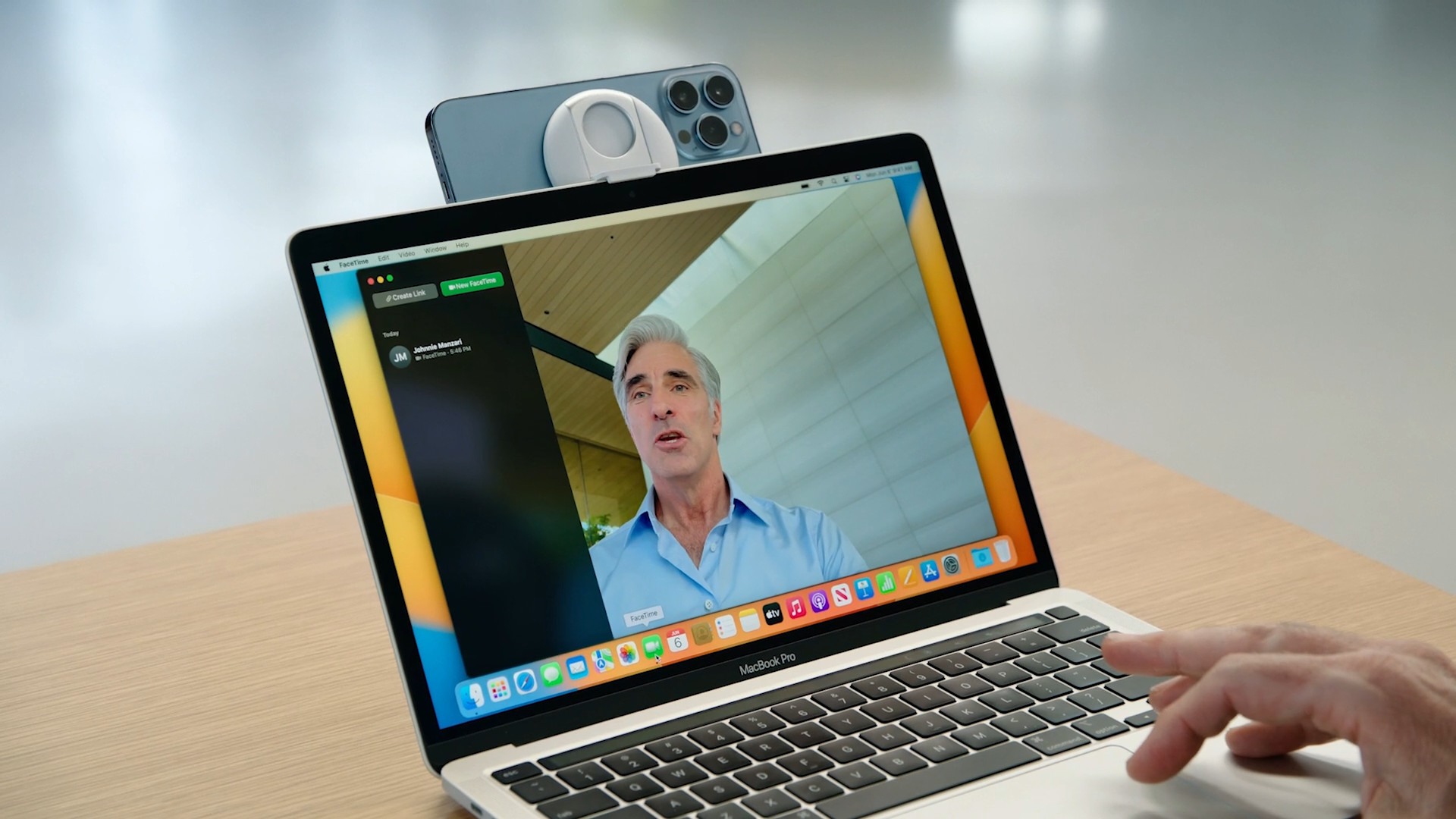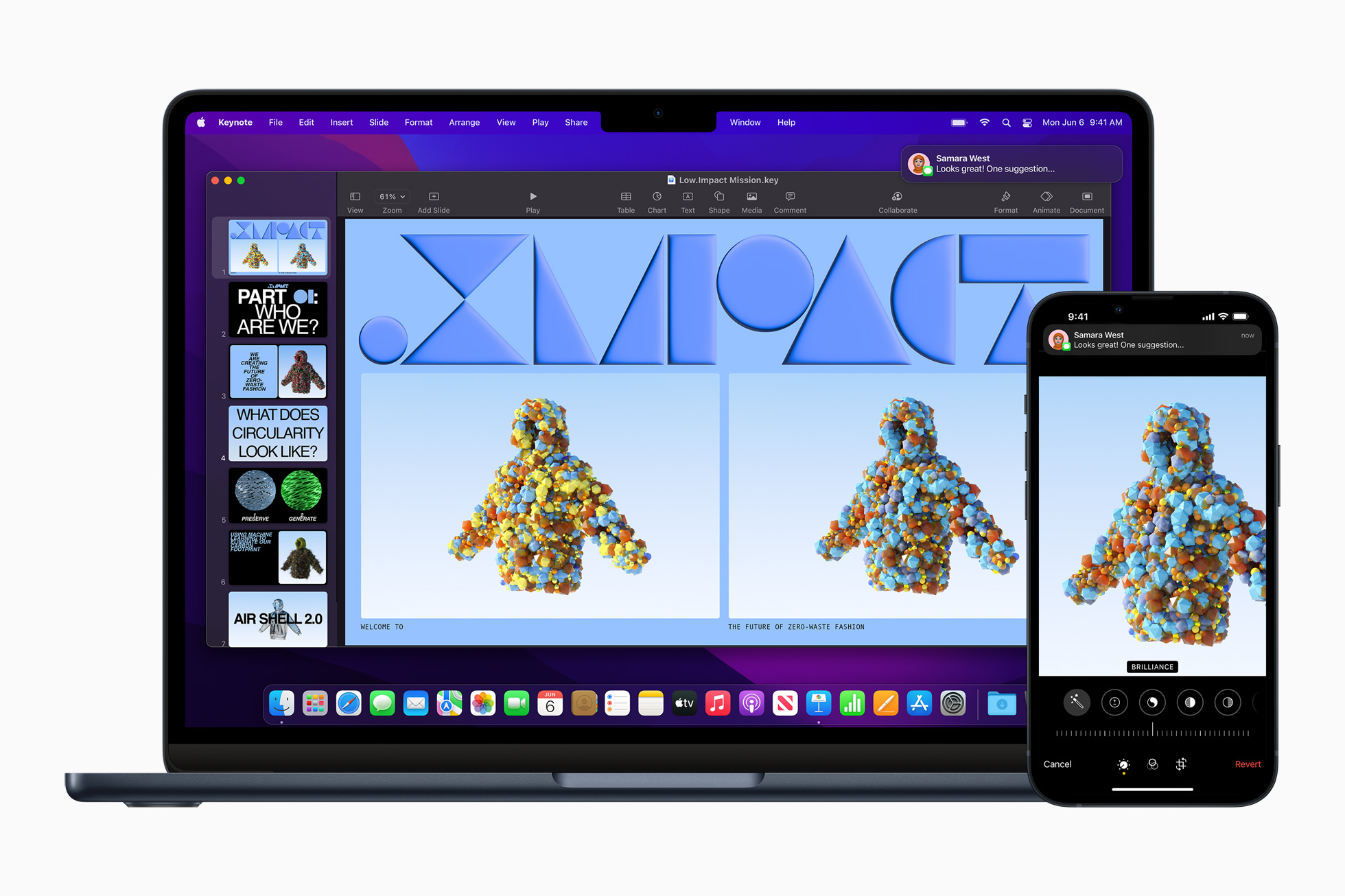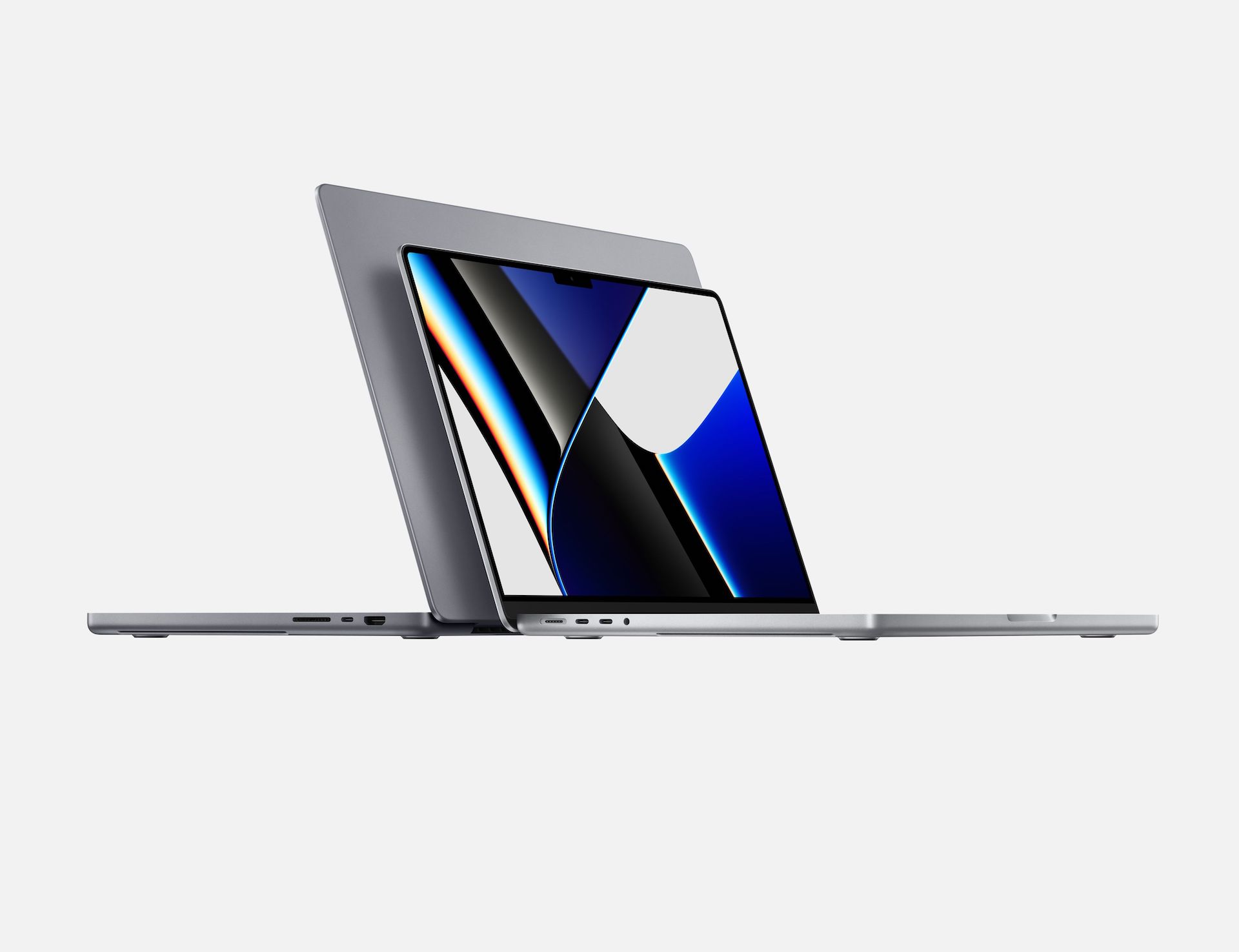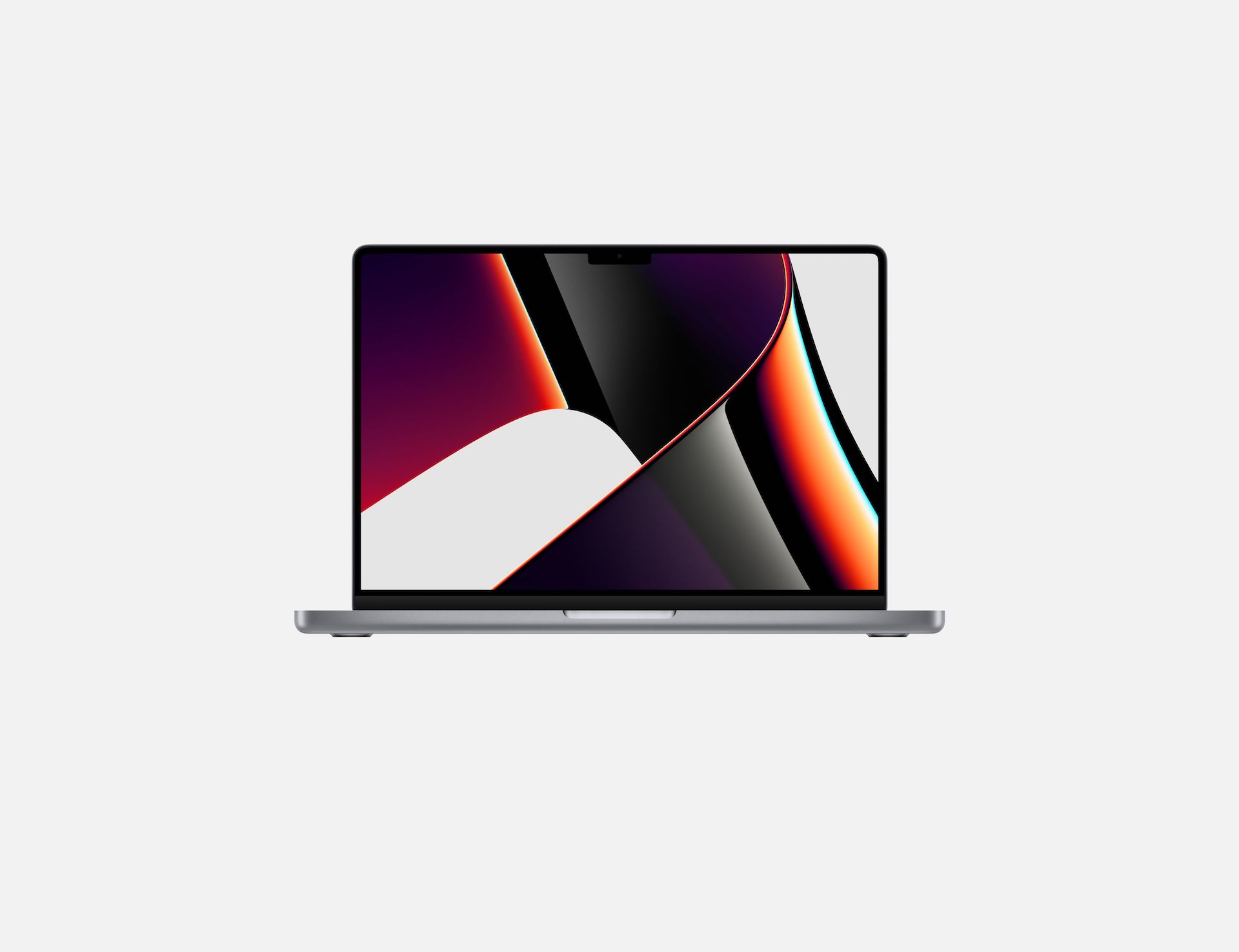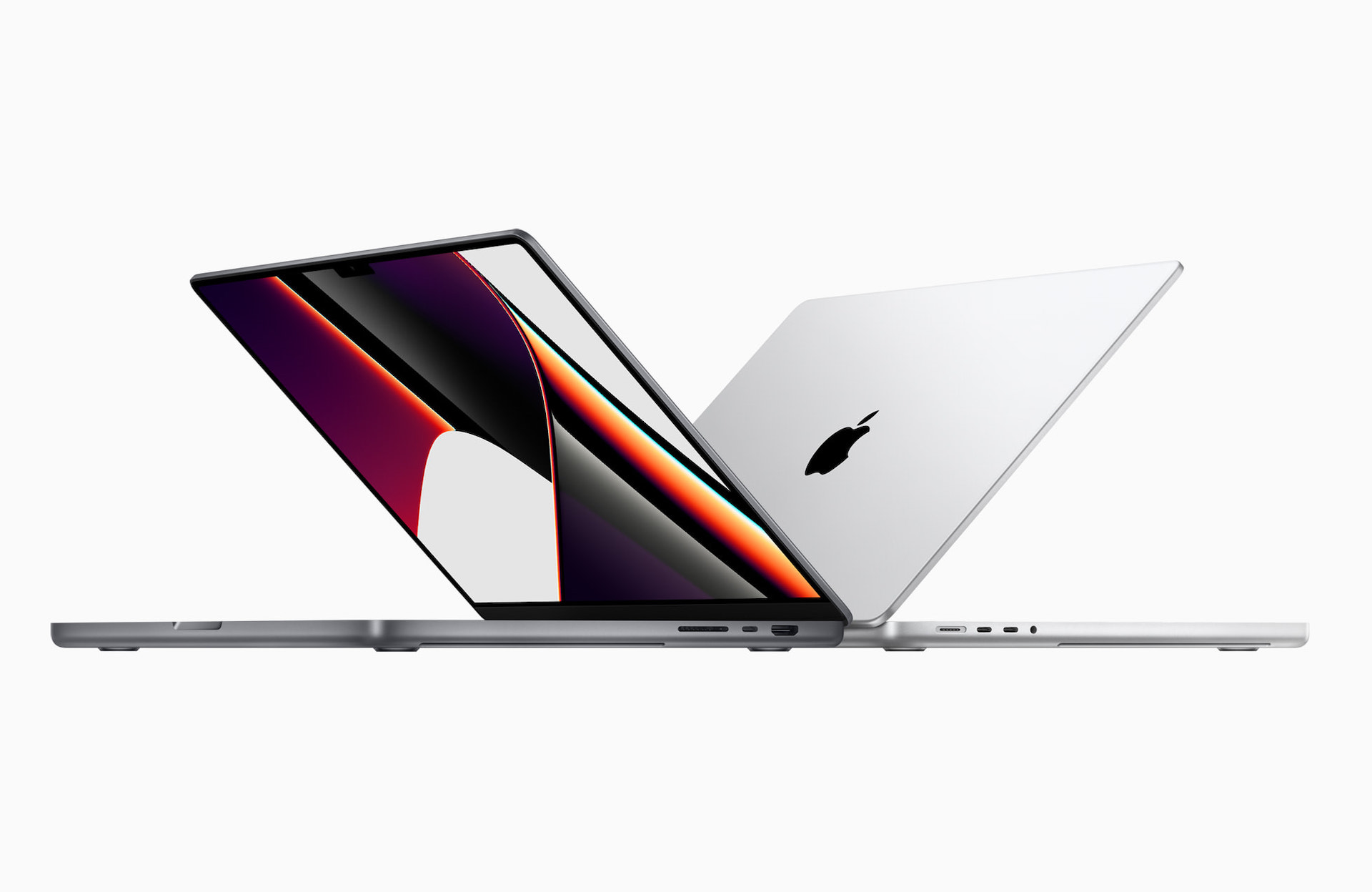When Apple introduced the redesigned 2021″ and 14″ MacBook Pro at the end of 16, it was able to pleasantly shock many people with the perfect performance of the M1 Pro and M1 Max chips, a new design and the return of some ports. Of course, these devices were not without criticism. Literally no expense was spared in the case of the notch in the display, where, for example, the webcam is hidden. Criticism of this change was heard all over the Internet.
It could be interest you

The redesigned MacBook Air with the M2 chip came with the same change this year. It also received a newer design and therefore could not do without a cut-out. As already mentioned above, people were certainly not sparing with criticism and some slowly wrote off the entire device just because of such a trifle. Despite this, however, the situation calmed down. Apple has once again managed to turn a relatively hated element into something that we would probably not even do without.
Cutout or from hated to indispensable
Although both Macs met with a rather sharp reaction almost immediately after their introduction, they are still extremely popular models. But it is necessary to mention that almost no one criticized the device as a whole, but only the cutout itself, which became a thorn in the side of a relatively large group of people. Apple, on the other hand, knew very well what it was doing and why it was doing it. Each generation of MacBooks has its own identification element, according to which it is possible to determine at a glance what kind of device it is in a particular case. Here we could include, for example, the glowing Apple logo on the back of the display, followed by an inscription MacBook under the display and now the cutout itself.
As we mentioned above, the cut-out has thus become, in a way, a distinguishing feature of modern MacBooks. If you see a laptop with a cutout in the display, you can immediately be sure that this model will definitely not disappoint you. And this is exactly what Apple is betting on. He literally transformed the hated element into an indispensable one, although he would have to do anything for it. All that was needed was to wait for the apple growers to accept the change. After all, the decent sales of these models testify to that. Although Apple does not publish official numbers, it is clear that there is a lot of interest in Macy. The Cupertino giant launched pre-orders for the new MacBook Air on Friday, July 8, 2022, with the fact that its official sales will begin a week later, or on Friday, July 15, 2022. But if you didn't order the product almost immediately, you're out of luck - you'll have to wait until the beginning of August, as there is a lot of interest in this entry-level model to the world of Apple laptops.
Why do Macs have a cutout?
The question is also why Apple actually bet on this change for the newer MacBooks, even though not a single laptop offers Face ID. If we look at Apple phones, the cutout has been with us since 2017, when the iPhone X was introduced to the world. But in this case, it plays a very important role, as it hides all the necessary components for Face ID technology and therefore ensures a functional and safe 3D face scan. But we don't find anything like that with Macs.
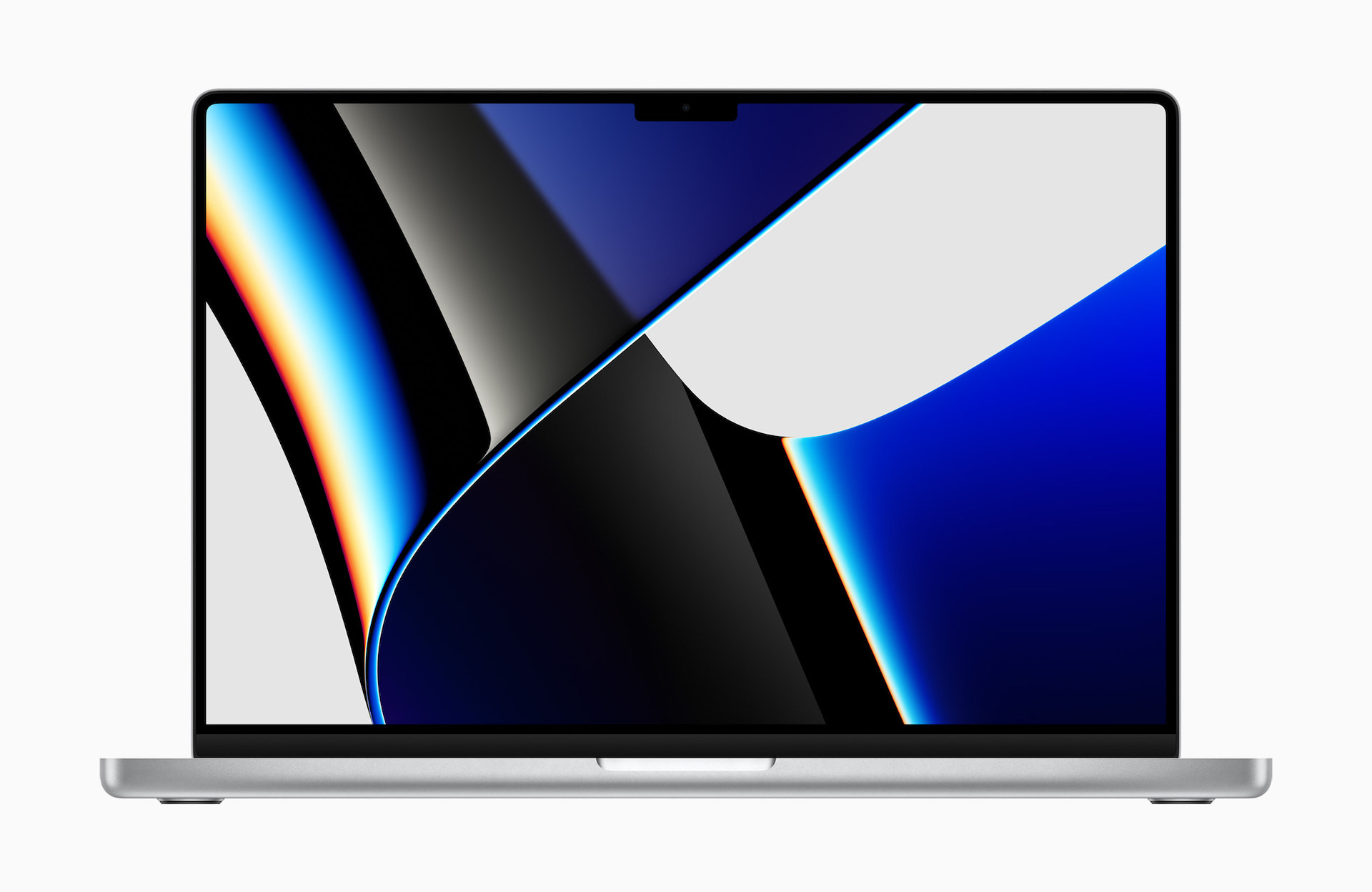
The reason for deploying the cut-out was a higher-quality webcam with 1080p resolution, which in itself seems slightly strange. Why do Macs have such poor quality so far that the selfie camera of our iPhones handily surpasses? The problem lies mainly in the lack of space. iPhones benefit from their oblong block shape, where all components are hidden right behind the display and the sensor itself has enough free space. In the case of Macs, however, it is something completely different. In this case, all the components are hidden in the lower part, practically under the keyboard, while the screen is only used for the display. After all, that's why it's so thin. And that's where the stumbling block lies - the Cupertino giant simply doesn't have the space to invest in a better (and bigger) sensor for its laptops. Perhaps that is why the macOS 13 Ventura operating system brings a slightly different solution that combines the best of both platforms.
It could be interest you
